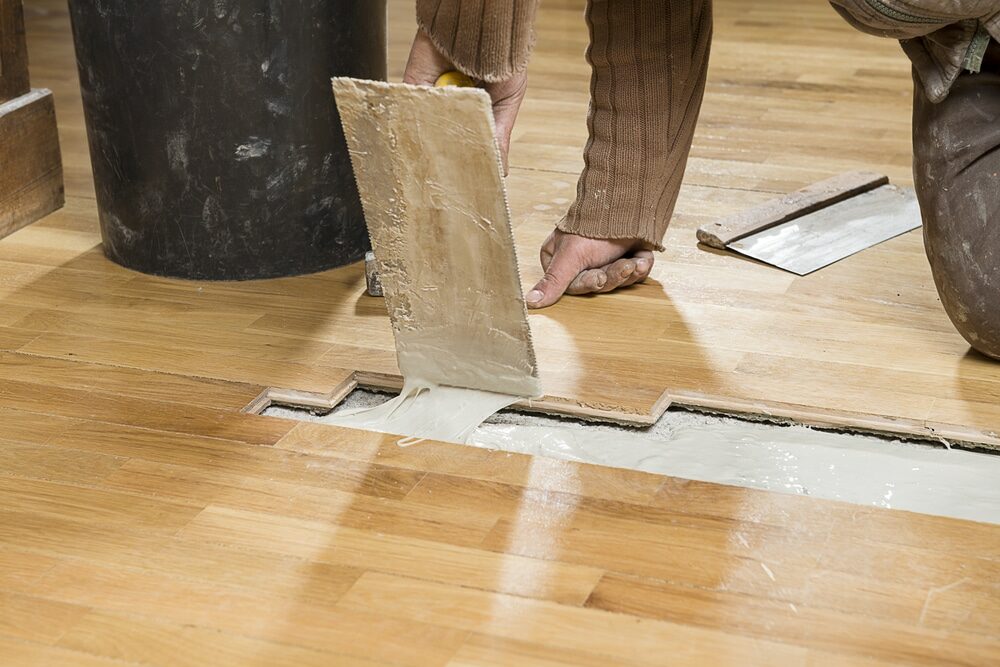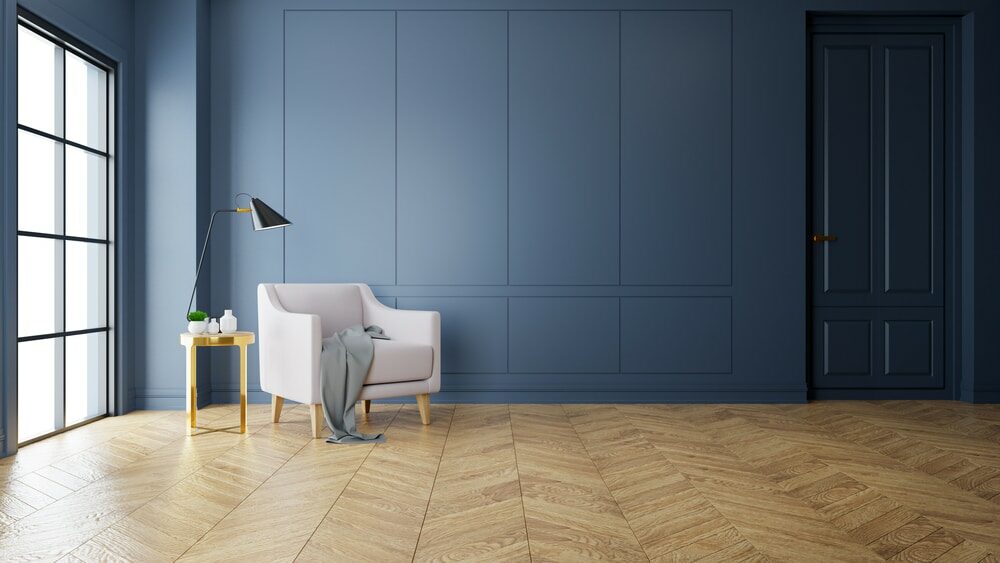London:
Nationwide:
Solid vs. Engineered Wood Flooring: In-Depth Comparison & Guide
Posted on April 29, 2023
Articles
Solid Wood vs. Engineered Wood Flooring: A Comprehensive Comparison to Help You Choose the Right Flooring for Your Home
When it comes to choosing the perfect wood flooring for your home, the decision often comes down to two main options: solid wood and engineered wood. Each type has its own unique set of characteristics, benefits, and drawbacks. In this comprehensive guide, we’ll explore the features of both solid and engineered wood flooring to help you make an informed decision for your home improvement project.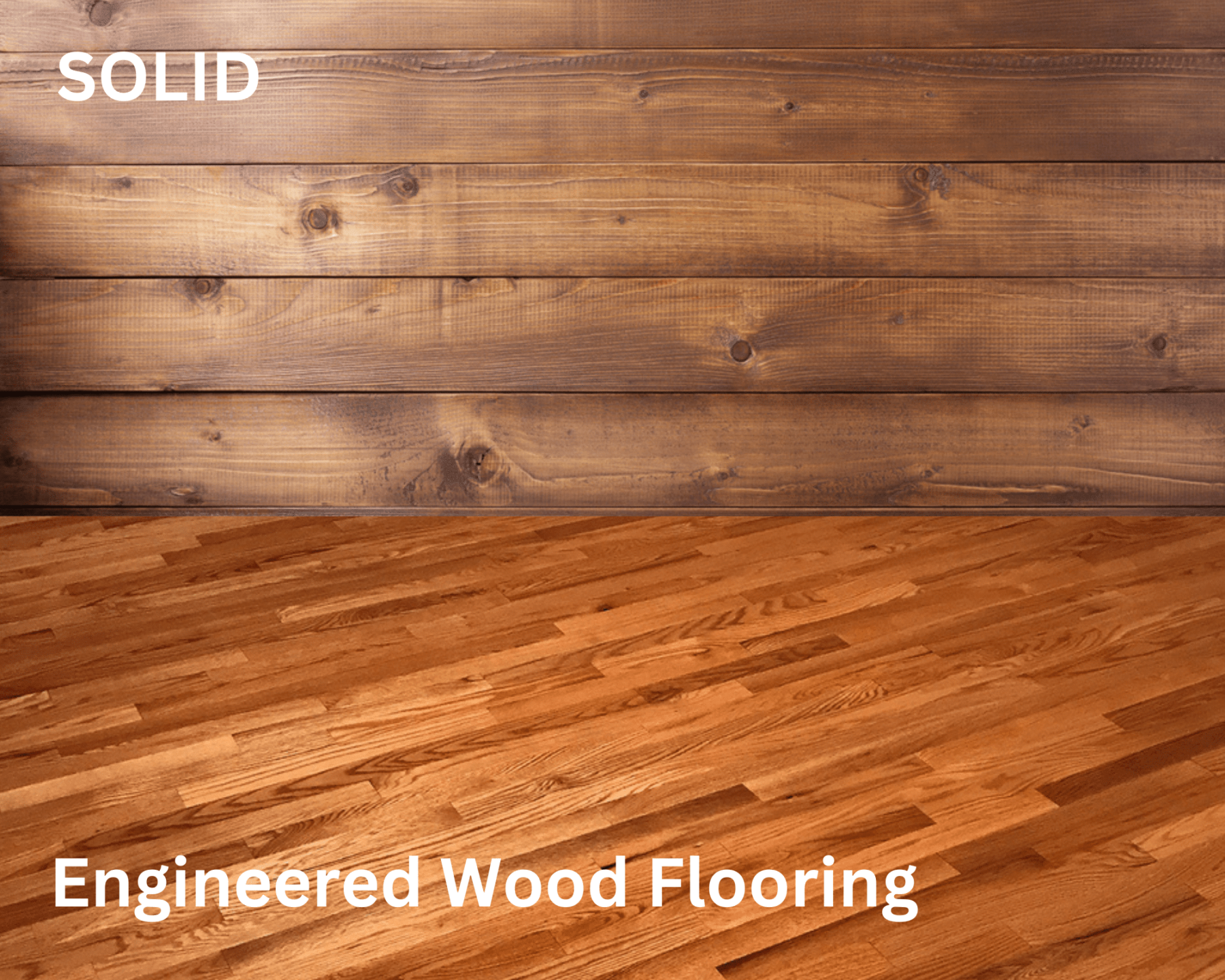
-
Composition and construction
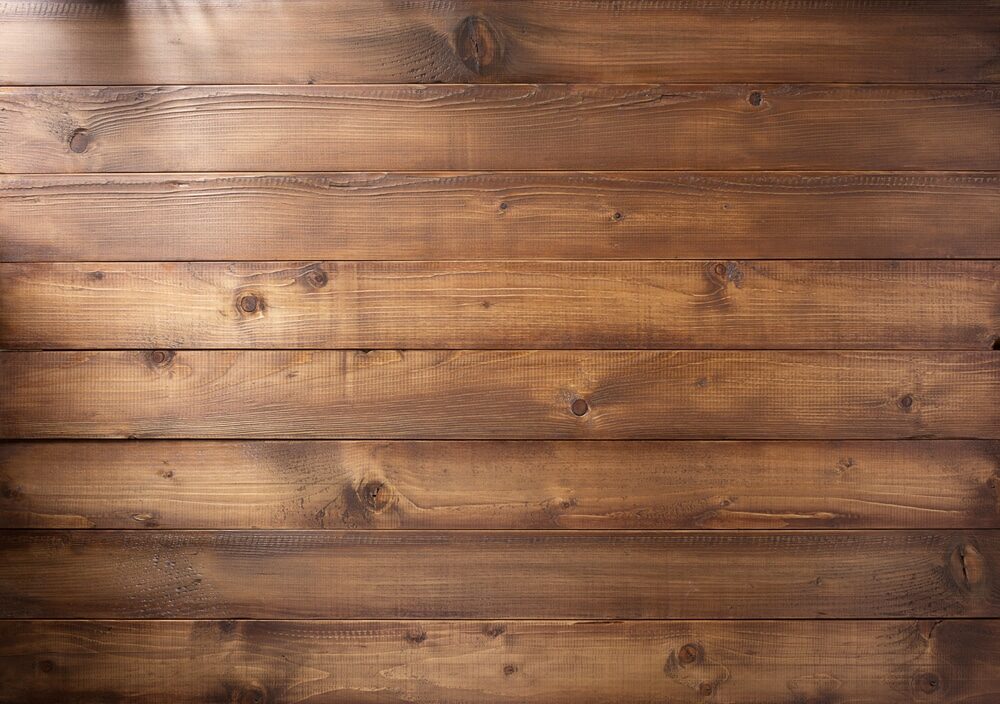 Engineered wood flooring, on the other hand, is composed of multiple layers of wood. The top layer, also known as the wear layer or veneer, is made from a high-quality hardwood species. This layer is bonded to a core made of several layers of plywood or high-density fiberboard (HDF). The thickness of the wear layer can vary, but it usually ranges from 0.6mm to 6mm. Engineered wood flooring offers the aesthetic appeal of real wood but with added stability due to its multi-layered construction.
Engineered wood flooring, on the other hand, is composed of multiple layers of wood. The top layer, also known as the wear layer or veneer, is made from a high-quality hardwood species. This layer is bonded to a core made of several layers of plywood or high-density fiberboard (HDF). The thickness of the wear layer can vary, but it usually ranges from 0.6mm to 6mm. Engineered wood flooring offers the aesthetic appeal of real wood but with added stability due to its multi-layered construction.
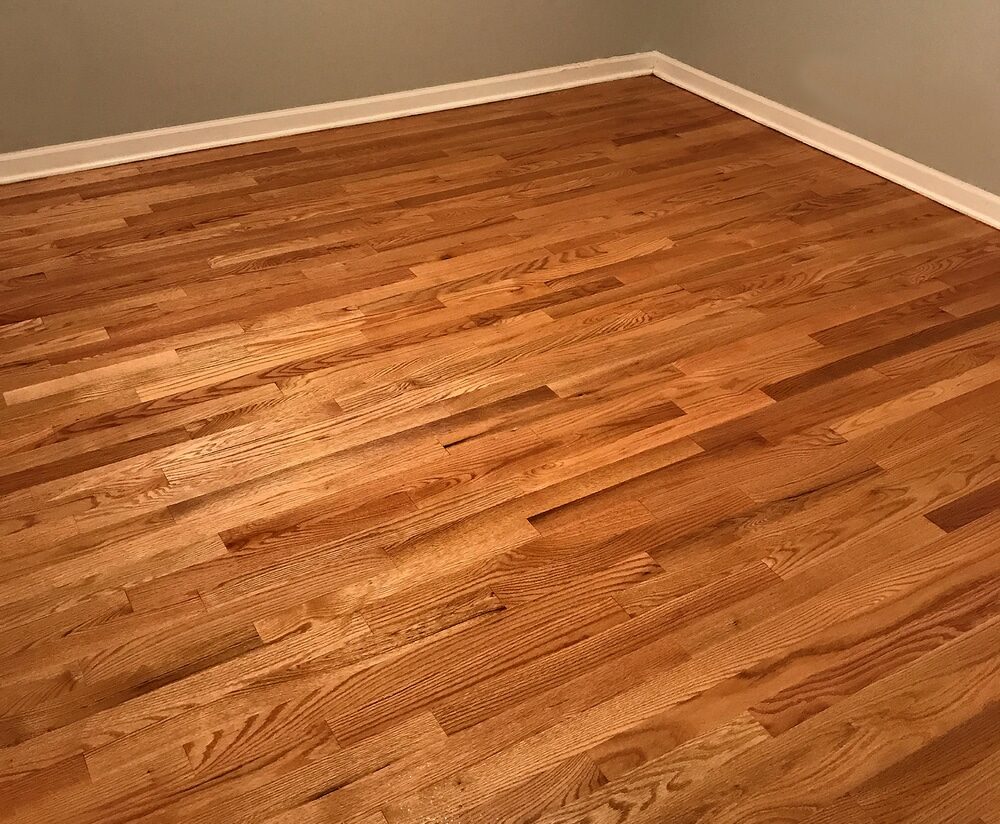
-
Installation
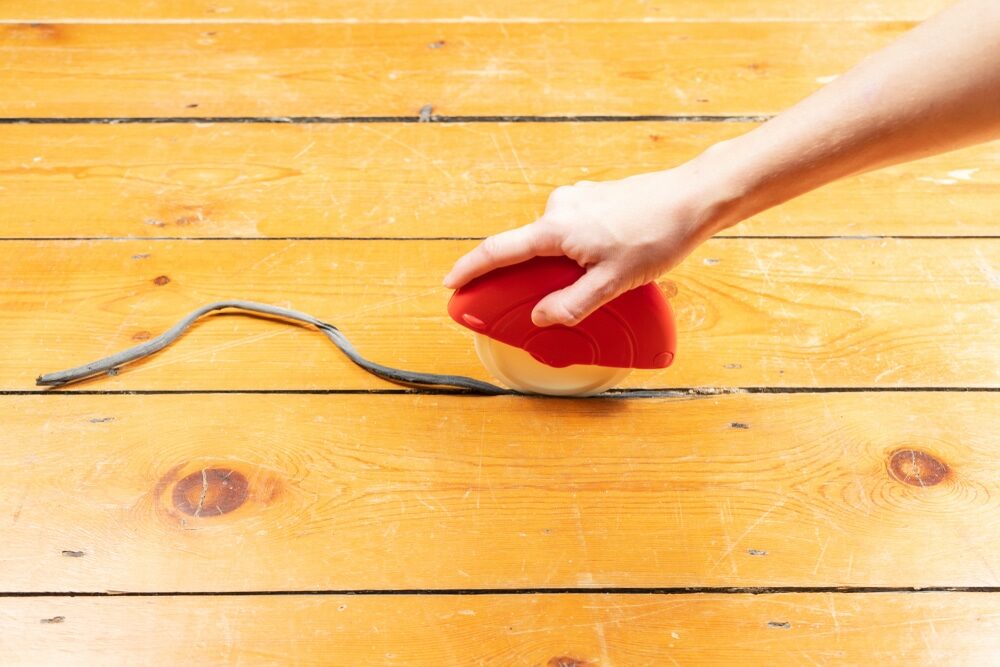 Engineered wood flooring is generally easier and quicker to install than solid wood flooring, as it is less susceptible to changes in humidity and temperature. It can be installed using various methods, such as floating, glue-down, or nail-down, depending on the product and subfloor type. Engineered wood flooring is also suitable for installation over radiant heating systems, making it a versatile choice for various settings.
Engineered wood flooring is generally easier and quicker to install than solid wood flooring, as it is less susceptible to changes in humidity and temperature. It can be installed using various methods, such as floating, glue-down, or nail-down, depending on the product and subfloor type. Engineered wood flooring is also suitable for installation over radiant heating systems, making it a versatile choice for various settings.
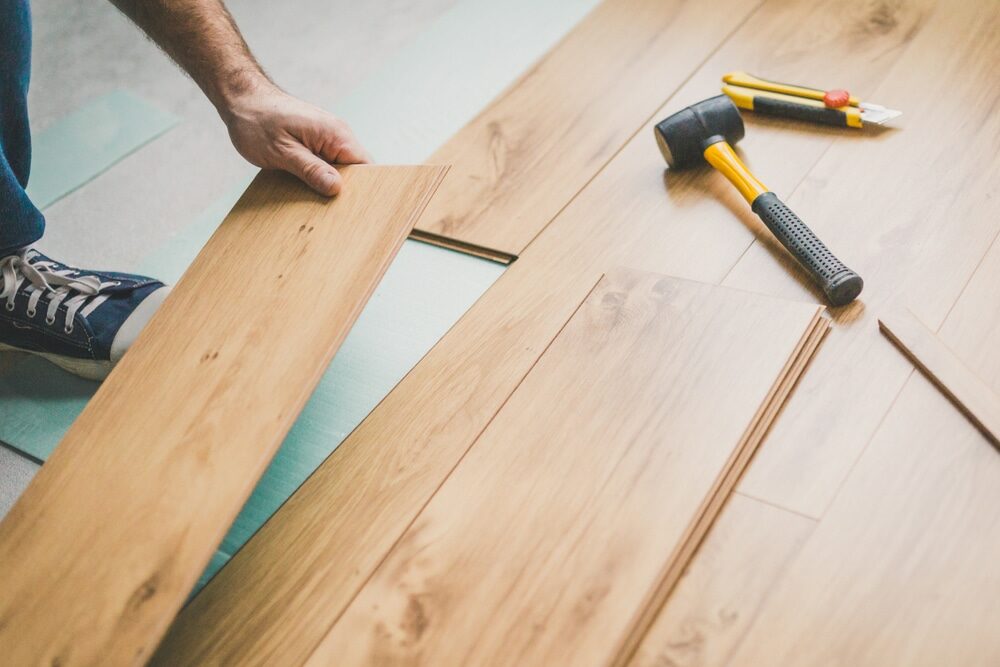
-
Durability and longevity
-
Moisture Resistance
-
Aesthetic Appeal
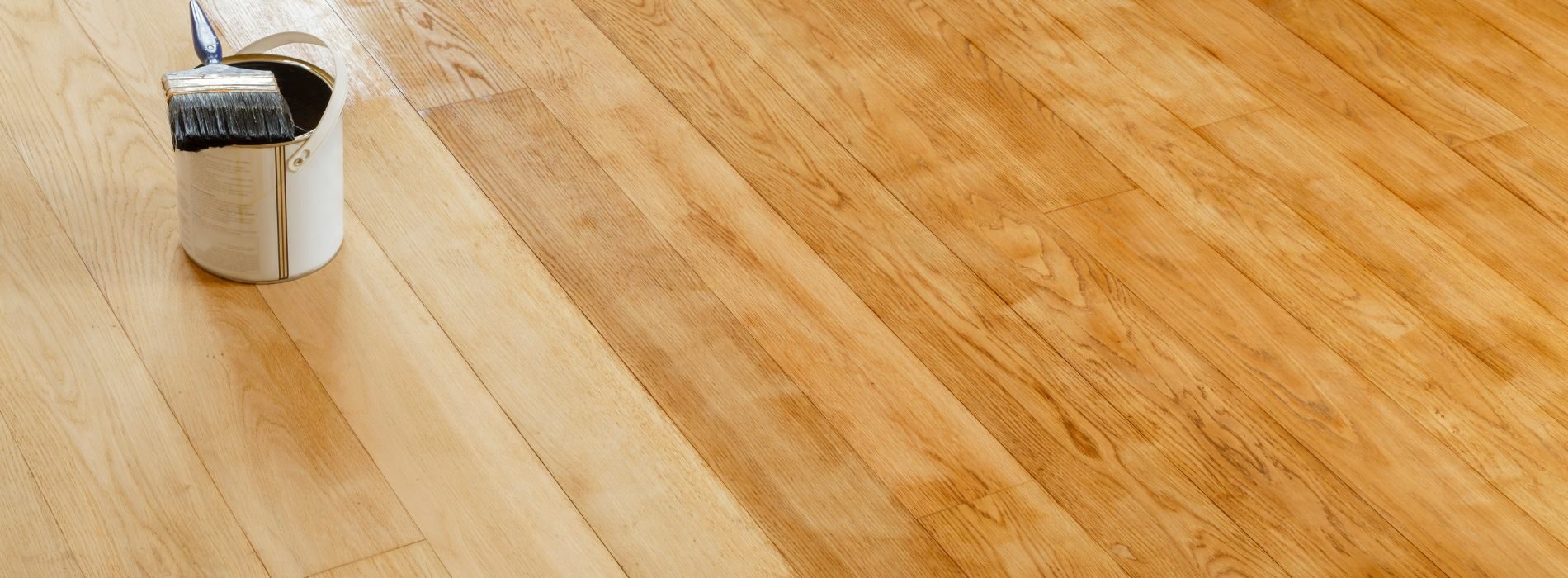 Engineered wood flooring
Engineered wood flooring also offers the beauty and warmth of real wood, as the top layer is made from high-quality hardwood species. However, the overall appearance may not be as authentic as solid wood flooring, especially when it comes to the natural variations in grain patterns and colours. That being said, engineered wood flooring is still an excellent choice for homeowners who desire the look of hardwood without the potential drawbacks associated with solid wood flooring.
Engineered wood flooring
Engineered wood flooring also offers the beauty and warmth of real wood, as the top layer is made from high-quality hardwood species. However, the overall appearance may not be as authentic as solid wood flooring, especially when it comes to the natural variations in grain patterns and colours. That being said, engineered wood flooring is still an excellent choice for homeowners who desire the look of hardwood without the potential drawbacks associated with solid wood flooring.
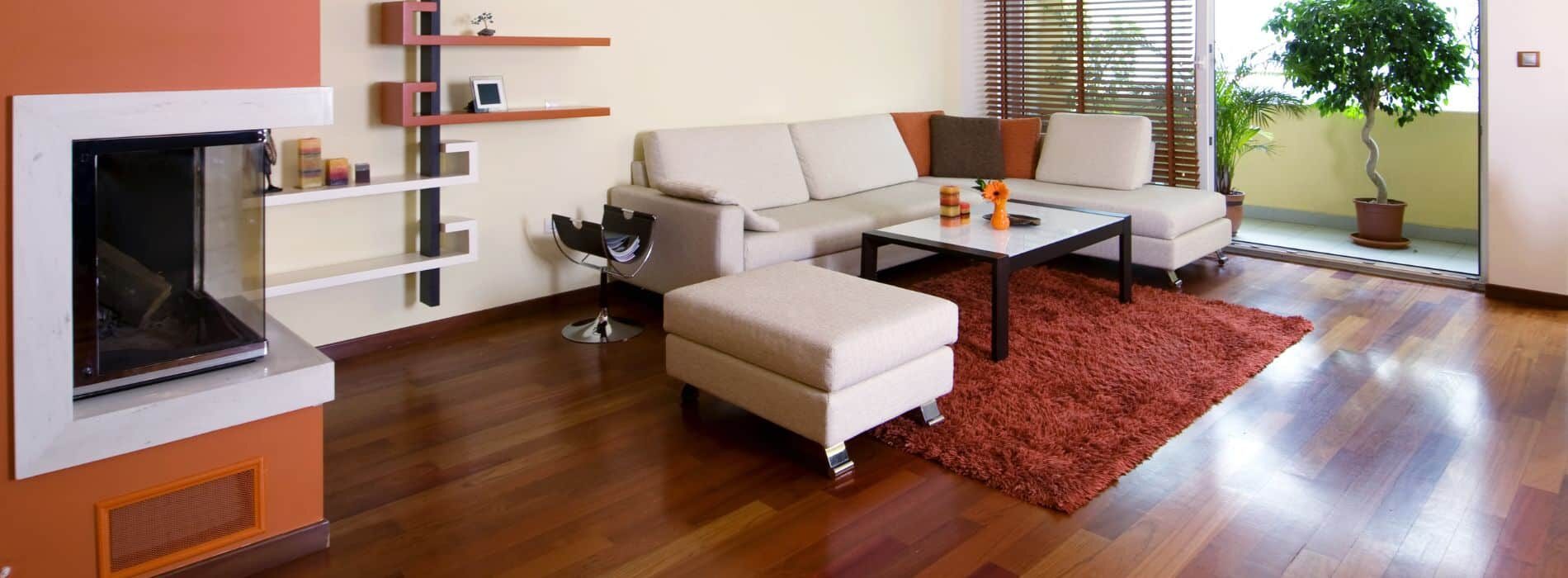
-
Environmental Impact
Some Useful Links:
- Floor Sanding Services
- Wood Floor Polishing
- Wood Floor Restorations
- Wooden Floor Sealing & Varnishing
Conclusion
Both solid and engineered wood flooring have their own unique set of features, benefits, and drawbacks. Ultimately, the choice between the two will depend on factors such as your budget, installation requirements, intended usage, and personal preferences. Solid wood flooring offers unmatched beauty and longevity, making it an excellent investment for those who value the authentic look and feel of natural hardwood. However, it may not be suitable for high-moisture areas or installation over radiant heating systems. Engineered wood flooring provides a more stable and moisture-resistant alternative to solid wood flooring without compromising on the appearance of real hardwood. It is also generally easier to install and has a lower environmental impact. By considering these factors and consulting with a flooring professional, you can make an informed decision on the best wood flooring option for your home, ensuring a beautiful and long-lasting result.More from our Blog:
The Basics Of Hardwood Floor Sanding: A Beginner’s Guide to DIY 10 Advantages of Hardwood Flooring over Tiles Hardwood Floor Sanding Guide: 10 Steps to Beautiful, Revitalized Floors Upgrade Your Home Elegantly with Dustless Wood Floor Sanding – A Comprehensive Guide Tips to Prevent Dust When Sanding Wooden Floors – A Comprehensive Guide
Sanding
We provide virtually dust-free sanding with our continuous belt machinery with mobile extraction units, giving you a safer environment for your family.
Oiling
This organic finish not only adds beauty to your home but also has exceptional water-repellent characteristics, making it easier to clean and maintain.
Waxing
This natural floor finish offers the softest and most mellow appearance – and leaves your floor able to breath.
Buffing
Using soft buffing machines (and hand-polishing where required) will bring a wonderful sheen to your newly-finished floor.
Repairs
We offer a full assessment of your wooden floors to determine what repairs are needed to provide the perfect working surface for the later stages of sanding, staining and sealing.
Restoration
We offer a comprehensive restoration process designed to address floors that are improperly fitted or damaged over time through wear and tear.
Request a fixed price quote for your wood floor restoration now
Simply enter your postcode below to get started.
Services
Wood Floor Sanding Wood Floor Restoration Wood Floor Scratch Repair Squeaky Wood Floor Repair Parquet Floor Sanding Parquet Floor Restoration Commercial Floor Sanding Church Floor Sanding Community Centre Floor Sanding School Floor Sanding Gap Filling Gap Filling with ResinCopyright © Mr Sander®
Privacy & Cookies Terms & Conditions Complaints Procedure Cancellation Rights Sitemap